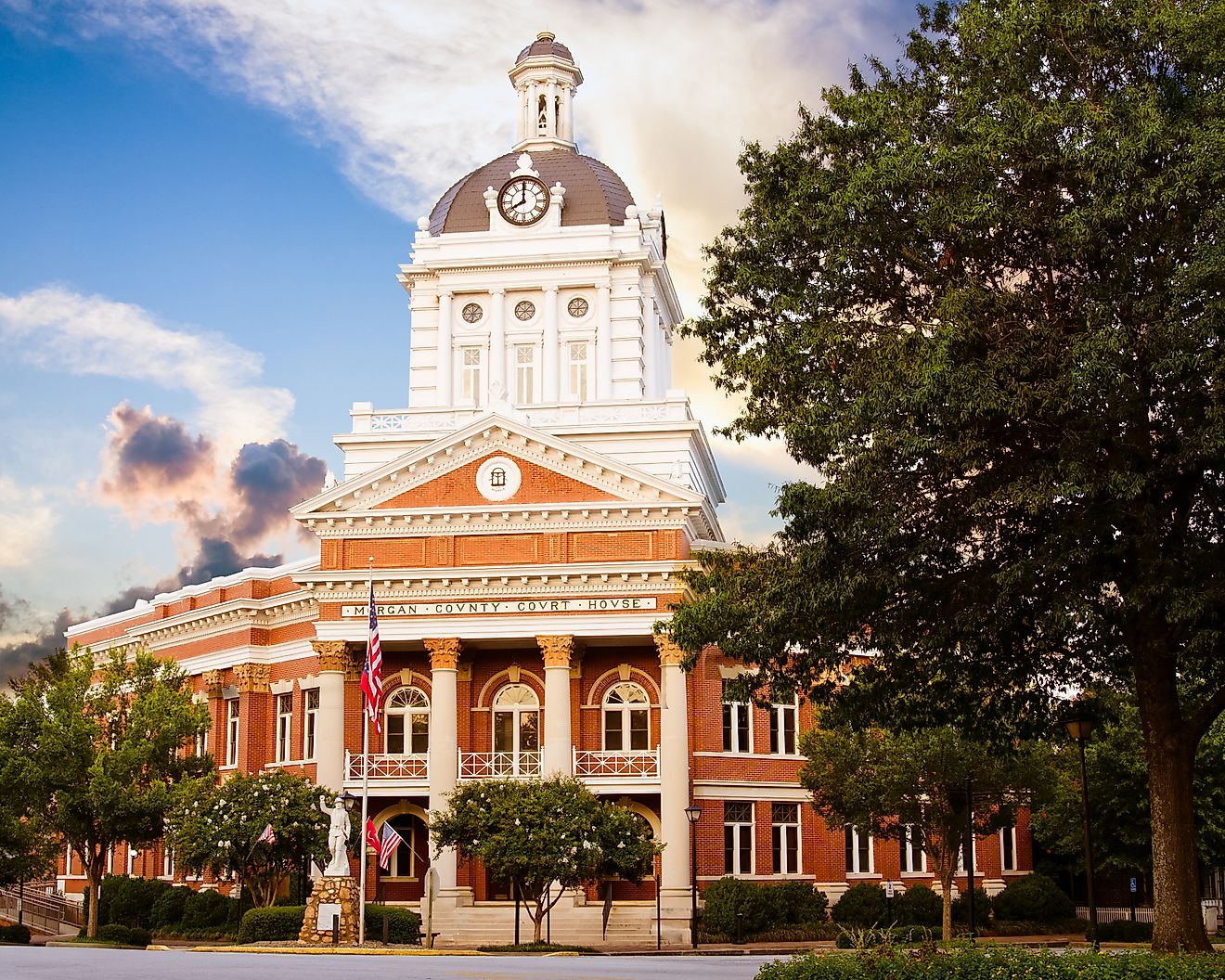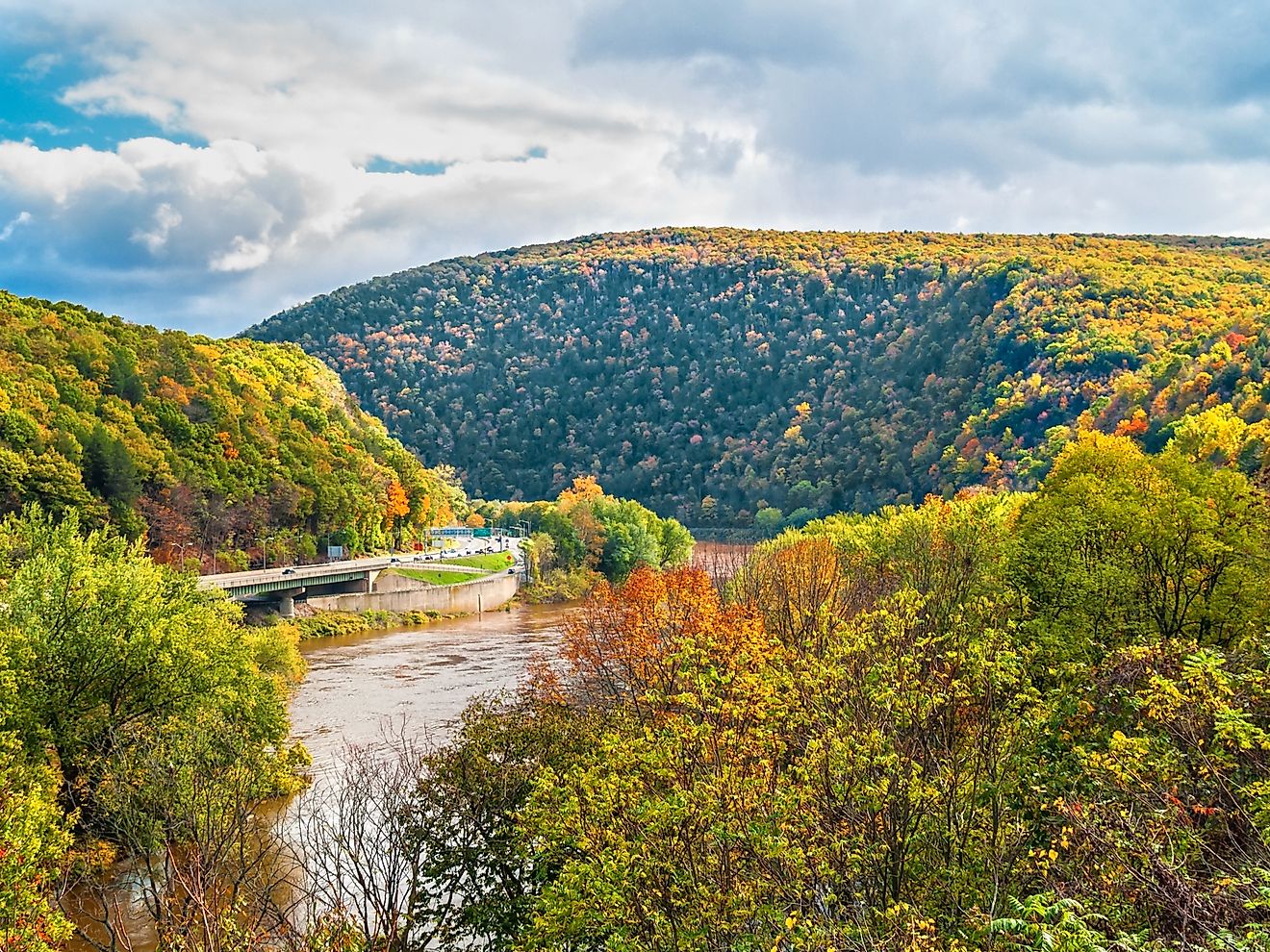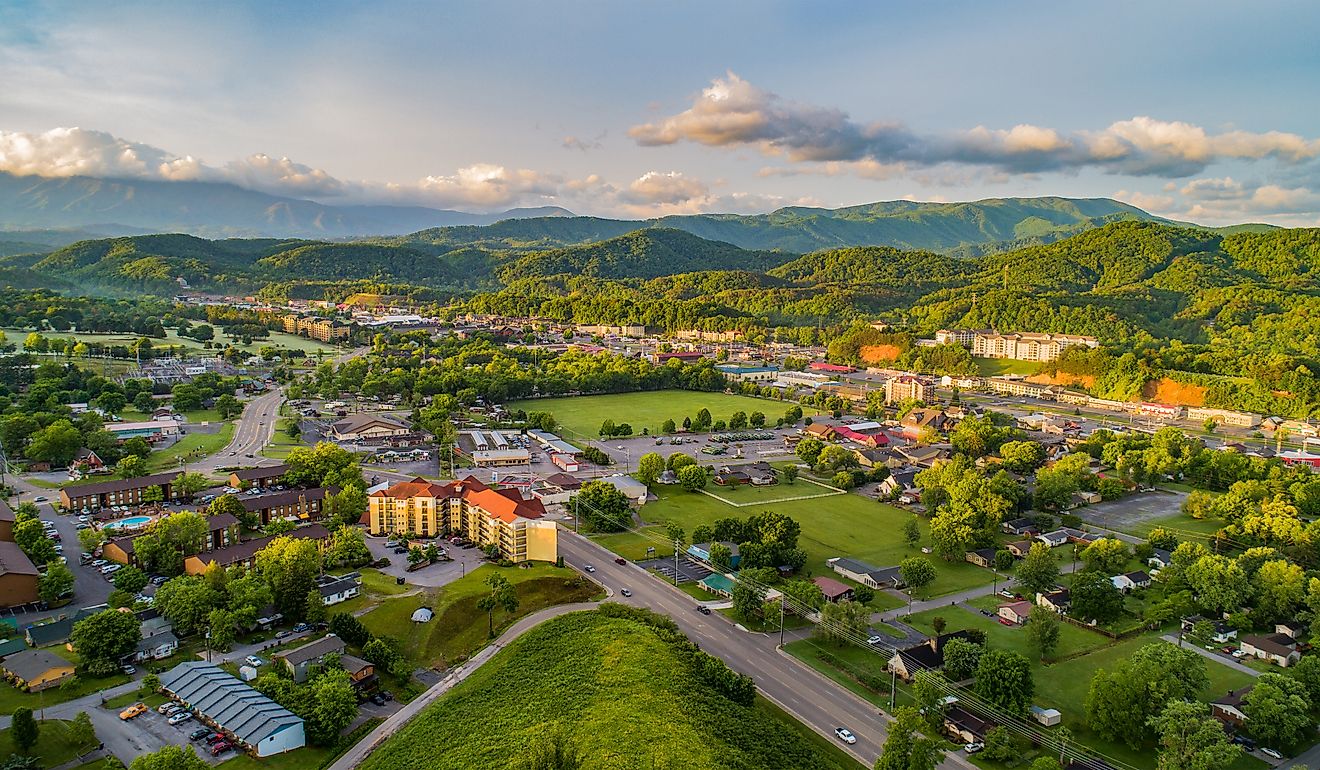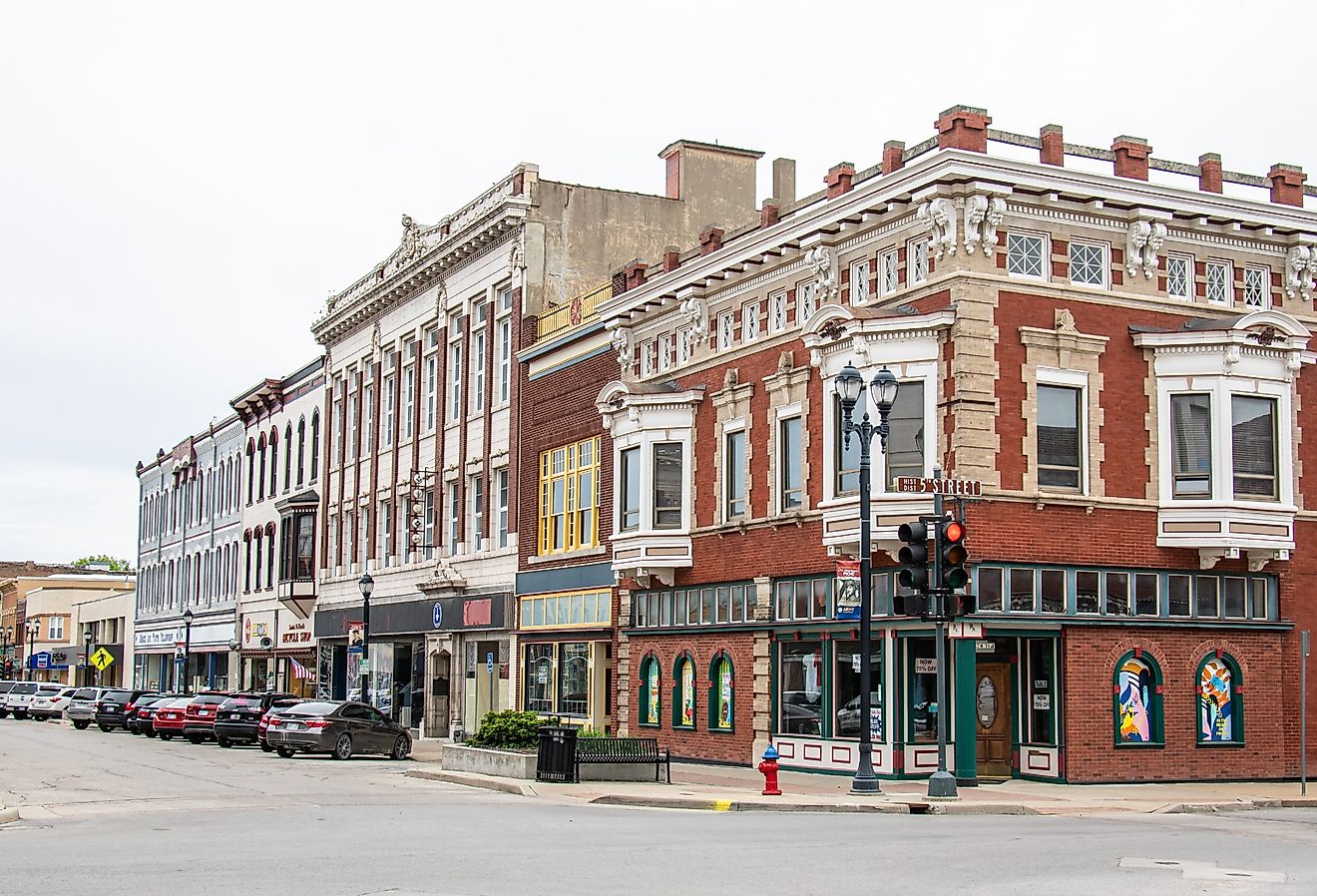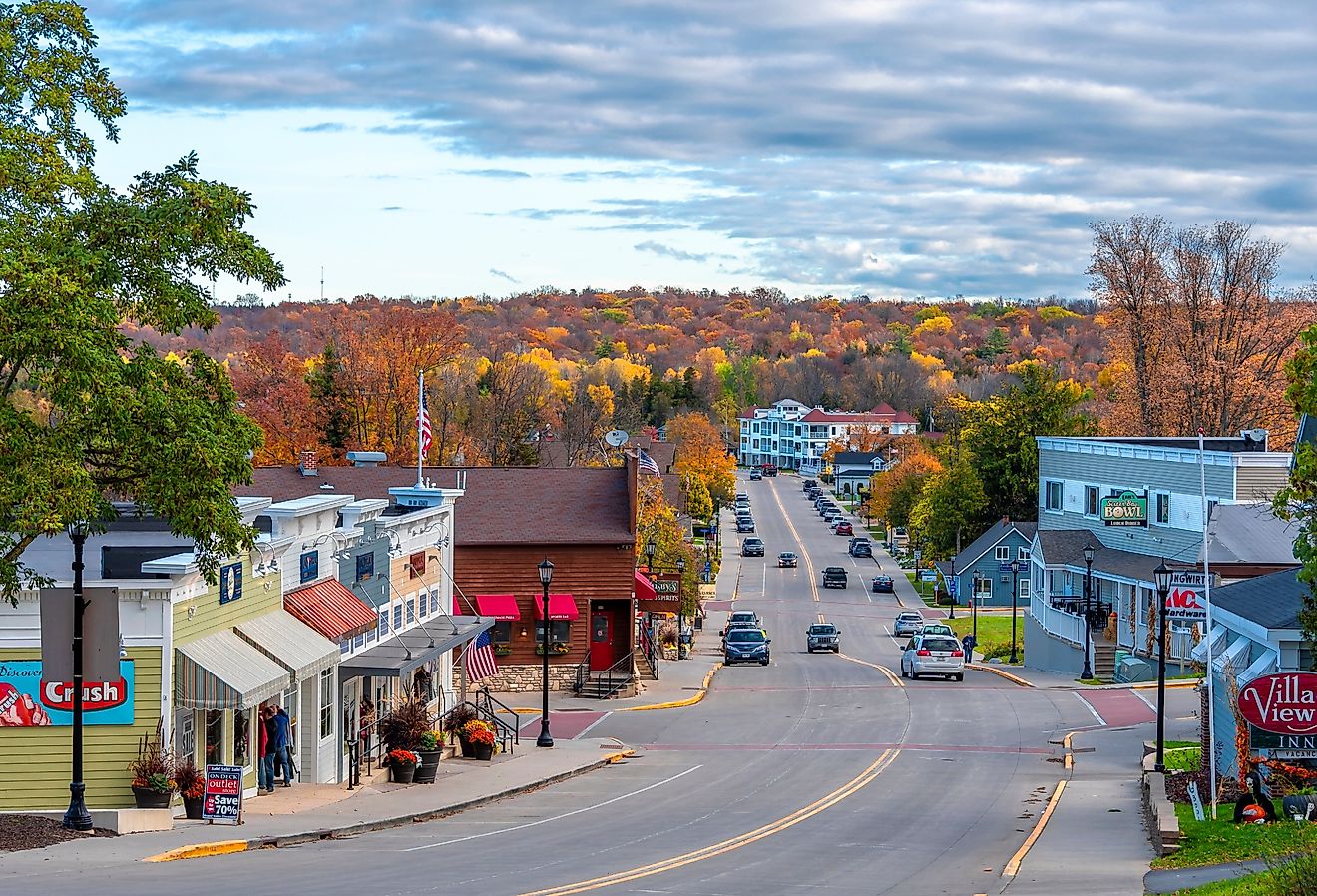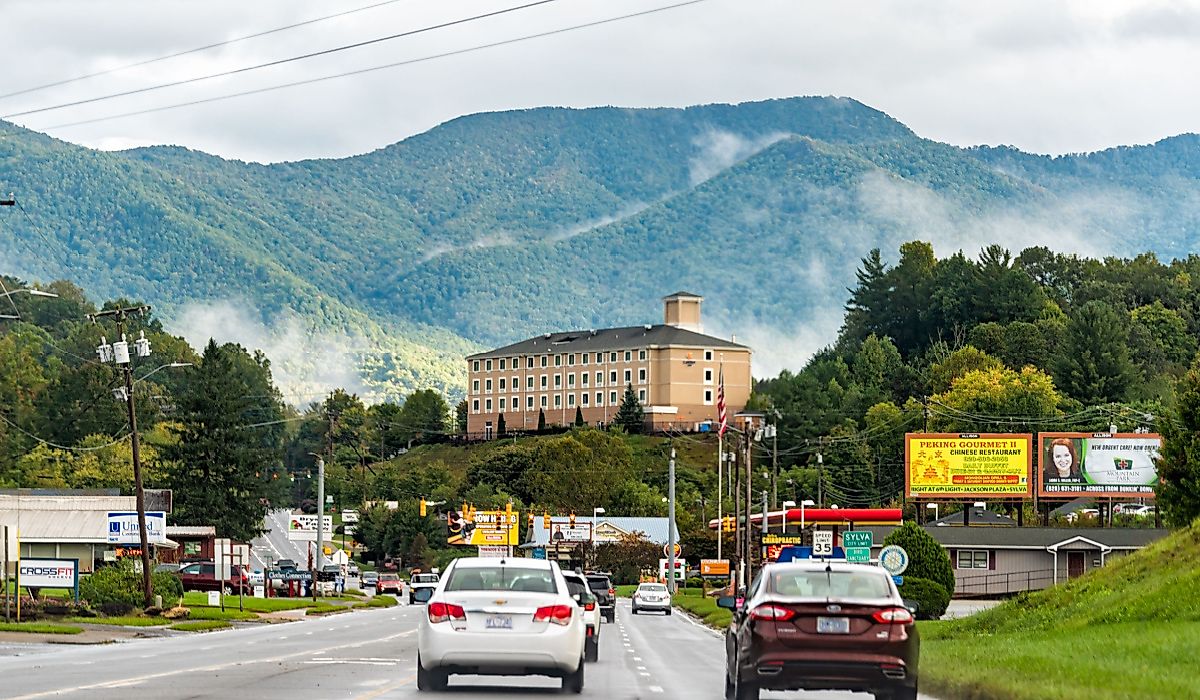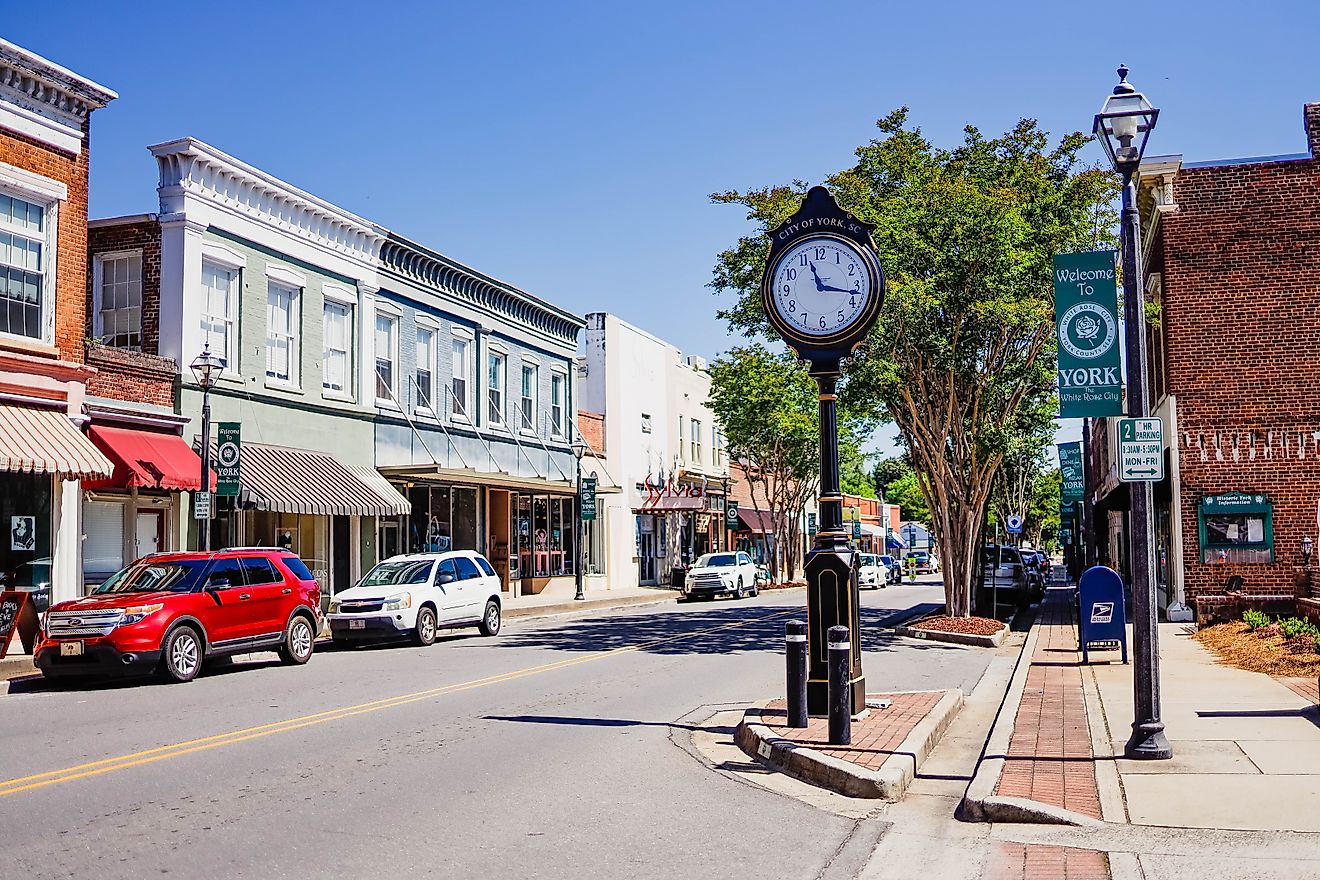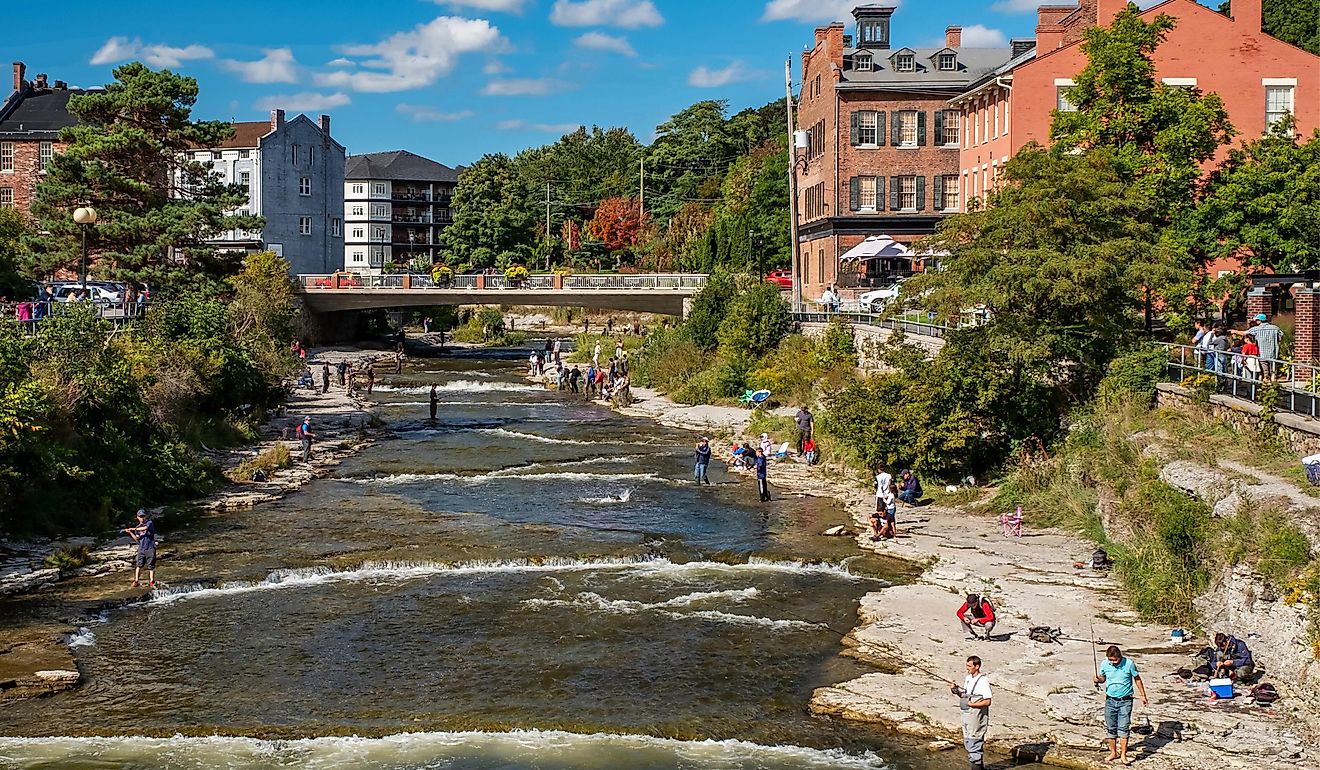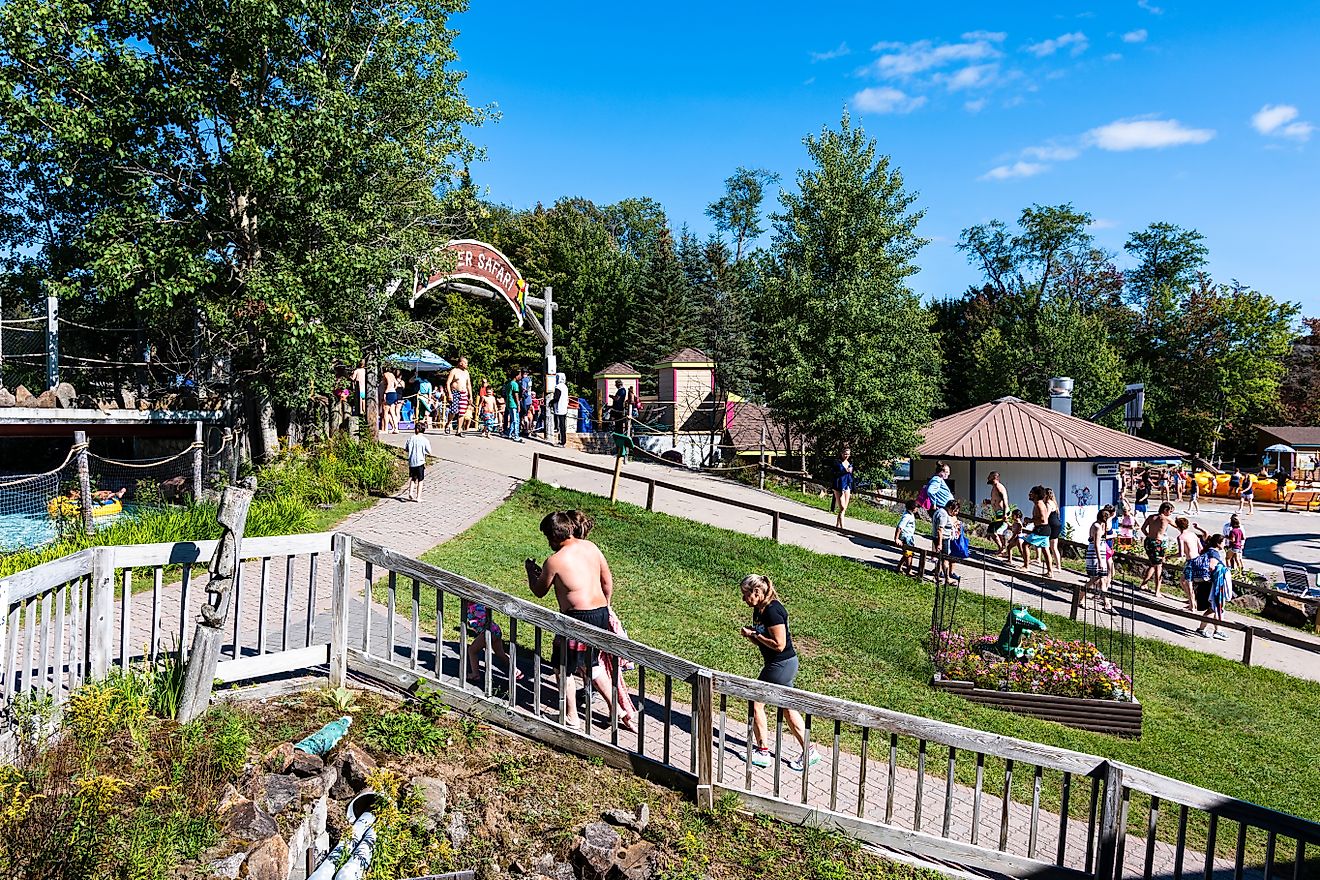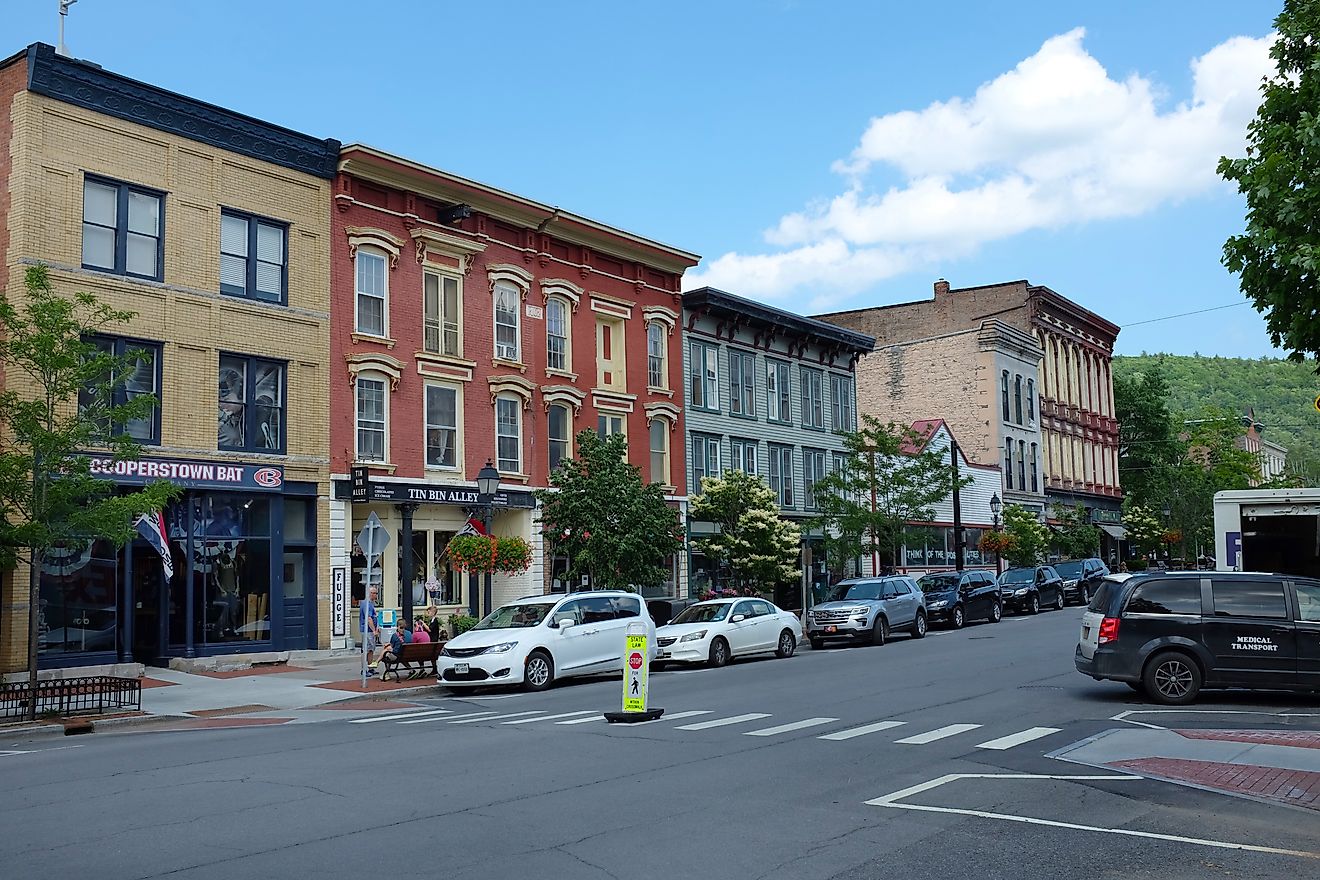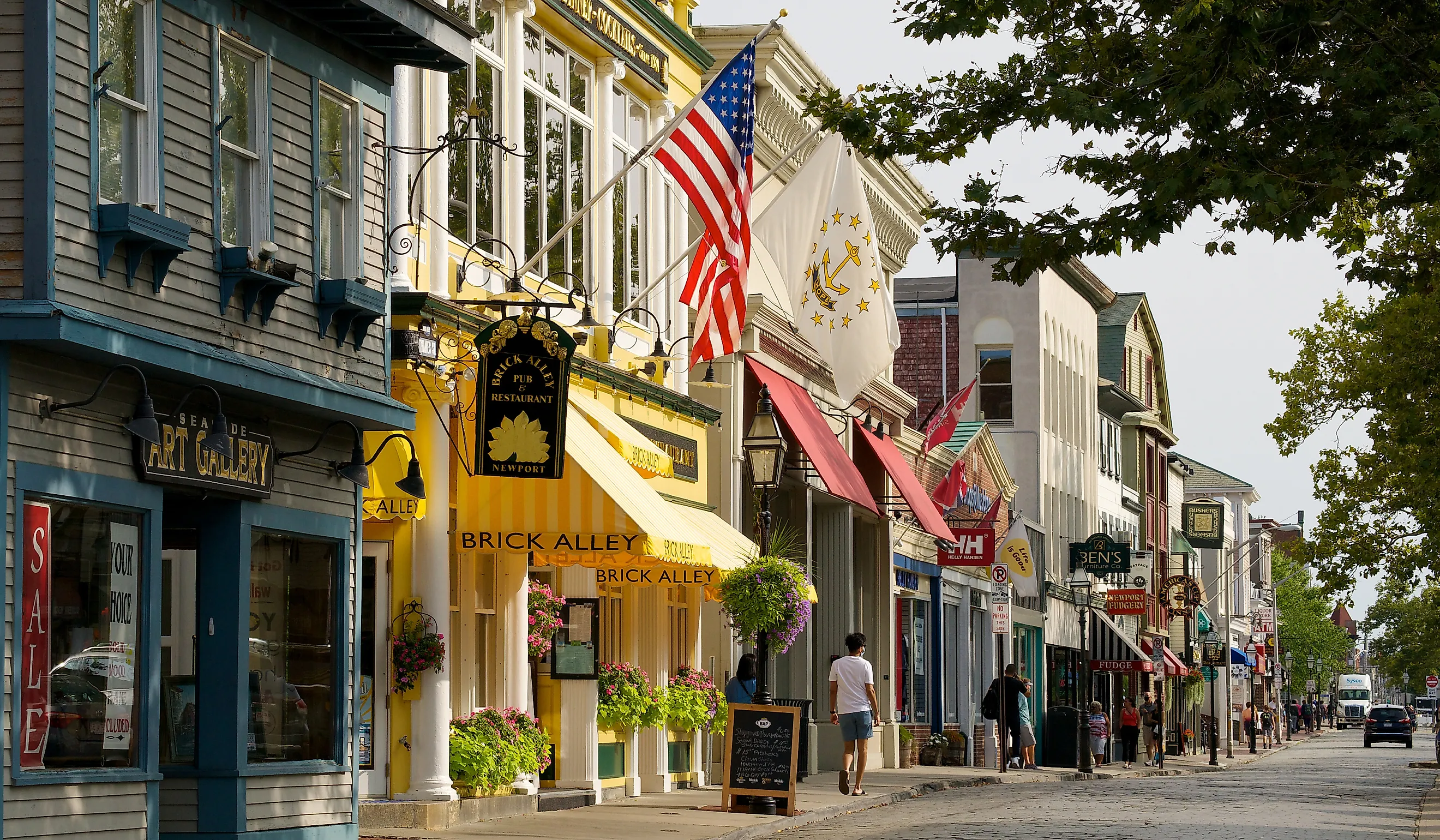
These 8 Rhode Island Towns Have The Best Historic Districts
With both some of the oldest settlements in the US and a variety of industries rising and falling within its borders, Rhode Island has a rich history for visitors to immerse themselves in. Because of this, many of its small towns even have historic districts of their own, a specially reserved section of town where historically relevant buildings are preserved and frequently opened to visitors. These historic districts are perfect for the itinerant traveler who’s looking to explore the Ocean State’s past and experience it for themselves. These historic districts usually offer a variety of preserved buildings, as well as easy access to the town’s other amenities and attractions, which make them perfect if you need a snack or keepsake for those back home, so these historic districts are the perfect starting point for visits to Rhode Island.
Bristol
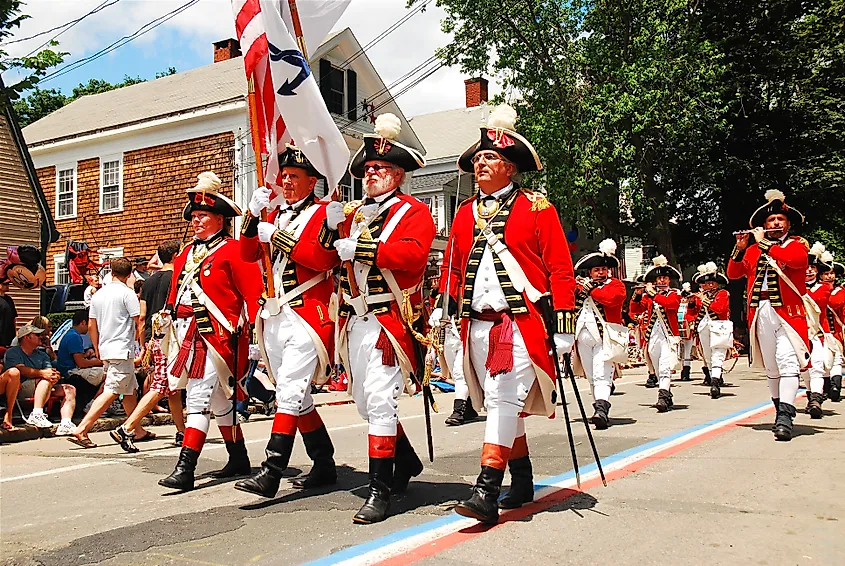
With arguably the oldest 4th of July celebration in the US, Bristol lives its history in every month, and nowhere is this easier to enjoy than in its historic district. Settled in 1680 and annexed to Rhode Island in 1747, Bristol has 250 years of history to explore, giving you plenty to sink your teeth into, and its historic district is sizable. Bristol’s historic district, organized in 1987, rests on the Eastern shore of its harbor and contains over six hundred buildings, 36 of which are of particular note for their architecture or historical relevance. A perfect example is the Herreshoff Marine Museum. Dedicated to the history of the Herreshoff family and their shipbuilding enterprises, the museum offers visitors a chance not only to wander its multiple buildings but also to step aboard restored vessels. There’s even dockage and mooring available for those taking a sea-based tour of the area. For those looking inland for a historical highlight, the heart of Bristol’s historic district is the Bristol Historical and Preservation Society. Not only does the BH&PS offer historic walking tours, but it’s even a part of the history itself, as this former jail is built with granite reportedly used as ship ballast, giving you a rock-hard grip on Bristol’s history. And visitors should make certain not to miss the Bristol State House, which is located in the western part of the commons. The third building built on this particular part of Bristol, the State House, is built at the former site of a private school, which was also built atop the site of a former church, making it an excellent example of Bristol’s rich history.
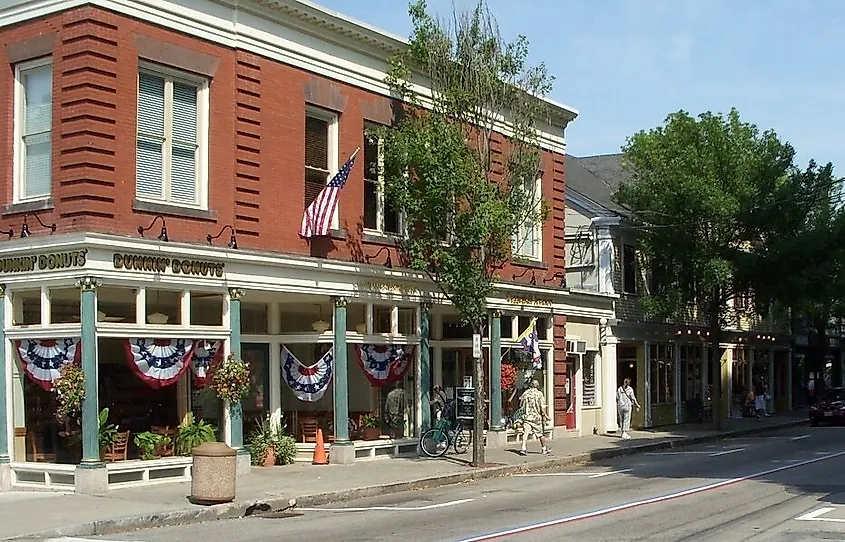
Newport
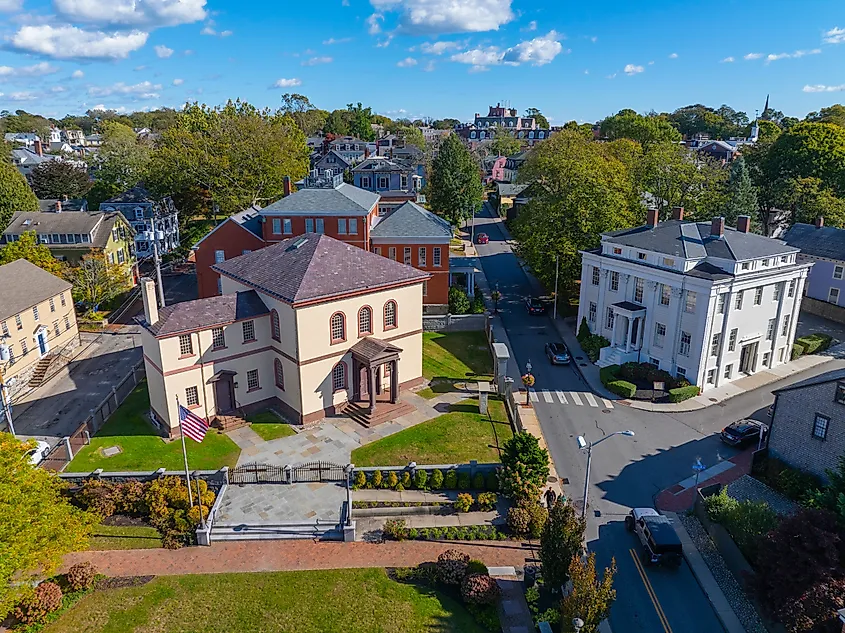
A summer haven for wealthy New England families during the Roaring Twenties, Newport offers both a cool haven from summer doldrums and a historic haven for travelers who want to see just how shiny the Gilded Age could be. The Newport Historic District, established in 1965, consists of roughly half the city’s land parcels and runs primarily along the southern shorelines. It even holds multiple state parks within it, one of which is a perfect place for tourists: Fort Adams State Park. Built to protect the only deep-water harbor between Boston and New York, the current Fort Adams remained actively used until it was passed over to the state of Rhode Island in 1965, at which point the state park was established. Today, the fort and the beaches around it are open to the public, giving visitors a chance to dive into both the past and the bay. When you come up for air, a perfect place to dry off is to roll down the scenic Ocean Drive, which gives visitors countless vantage points into history. Many of the most stunning Gilded Age mansions can be found along the drive, and even two different presidential places. The Eisenhower House served as a “summer White House” for President Dwight D. Eisenhower, and is open today for events ranging from business meetings to wedding receptions. However, perhaps the most famous wedding reception to take place in Newport happened at another Summer White House. Hammersmith Farm witnessed not only the wedding reception of President John F. Kennedy and his wife, Jaqueline Kennedy, but also served as a frequent summer retreat for the couple.
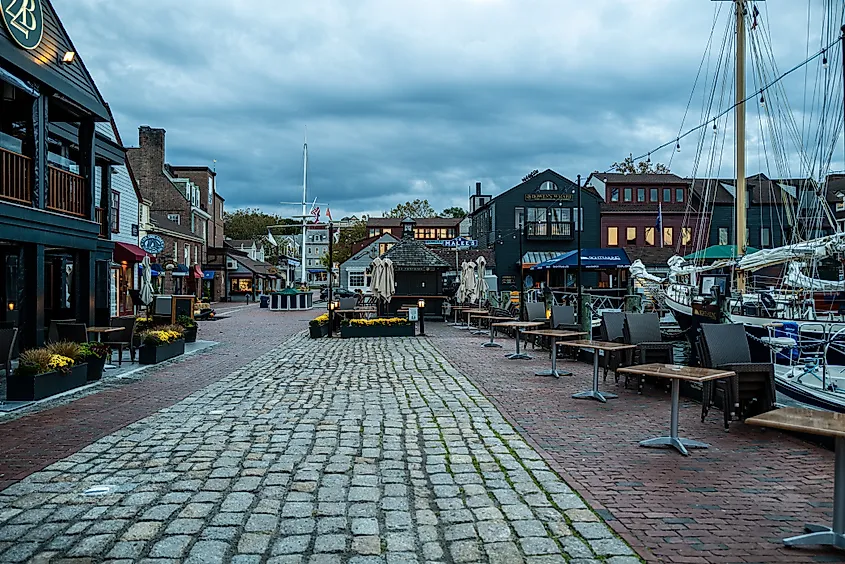
Narragansett
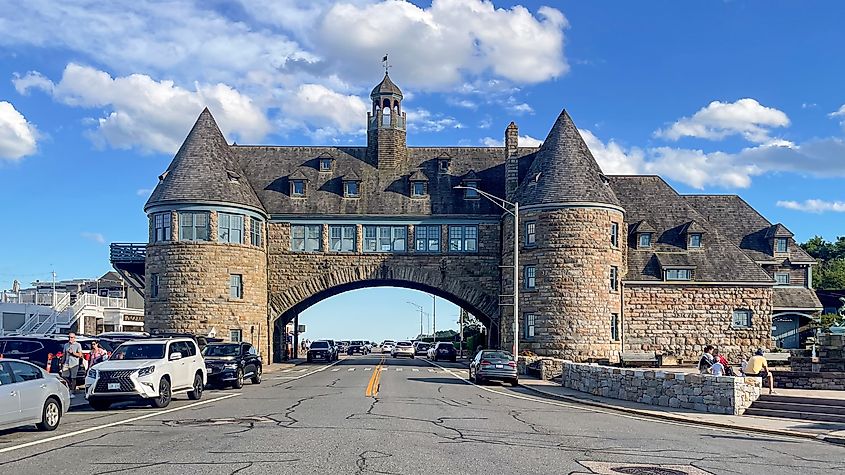
Once a quiet, agrarian corner, Narragansett became a summer hotspot first for a wealthy cotton broker’s family and then eventually for many New Englanders by the beginning of the 20th century. Resting on the opposite side of the bay with the same name, Narragansett has its own answer to Newport’s historic district, but whereas the Gilded Age glories of the latter are one large district, Narragansett’s historical district is actually seven individual districts, each with its own focus and traits. Perhaps the best known of these seven districts is the Towers. Centered around the remains of the old Narragansett Pier Casino that burned in the Great Fire of September 12, 1900, the Towers’ granite walls have been restored frequently, and to this day have entertained visitors with all manner of events. The other historical districts contain a wealth of historical highlights, including many Victorian cottages. Among the buildings preserved is a contemporary of the Towers, the Kinney Bungalow. Built in 1899 by a tobacco and real estate tycoon, Francis S. Kinney, who also founded Venice, California, on the opposite end of the continent, the Kinney Bungalow has a unique East Indian-style architecture, which makes it a unique addition to any trip to Narragansett.
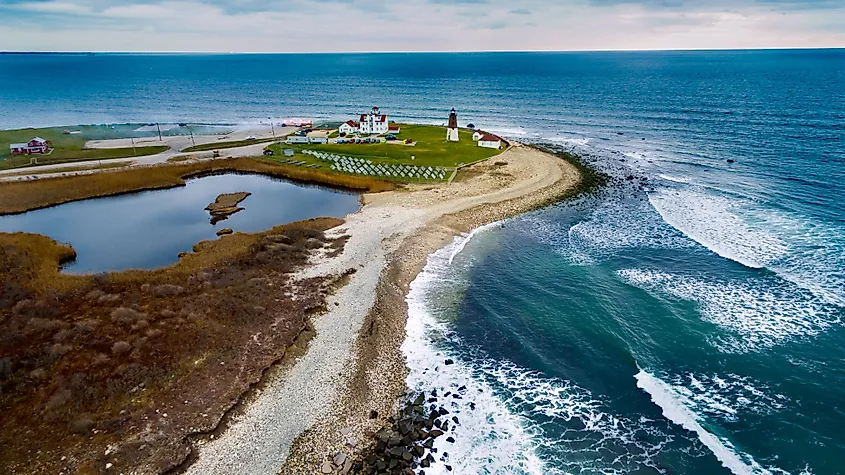
Jamestown
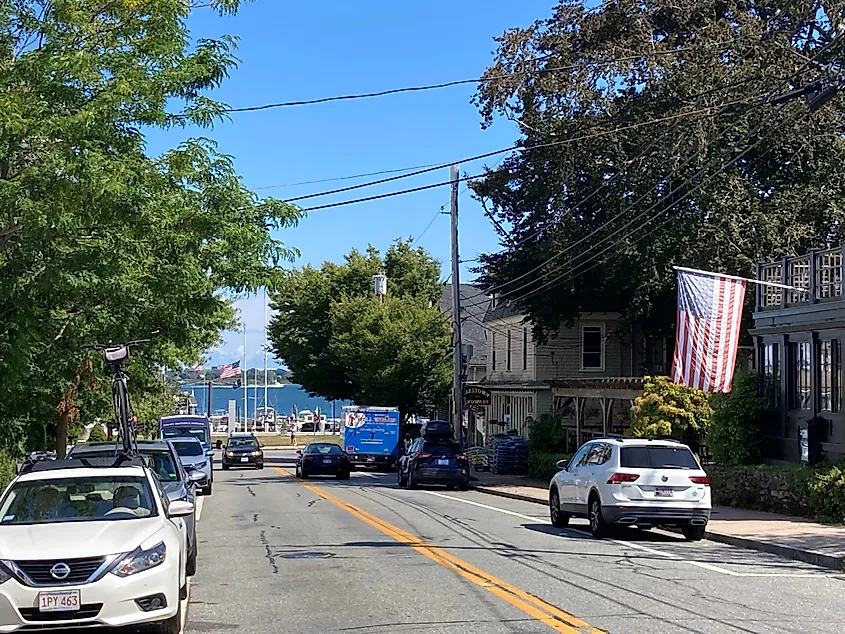
Sitting on the second-largest island in Narragansett Bay, Conanicut Island, between Newport and Narragansett, Jamestown offers a diverse bounty for history lovers. Founded in the late 1670s, Jamestown’s most visible historic landmark, and the center of its historic district, is its windmill. The Jamestown Windmill serves as the center of the Windmill Historical District and rests just north of Conanicut Island’s midpoint. The windmill itself is a scenic staple and a historic one, having been built to replace an earlier windmill in 1787 and remaining active until the end of the 19th century. This landmark is the perfect start to a trip to Jamestown, as you can climb up into the windmill to see the preserved inner workings, and maybe get a glimpse of the entire historic district, which covers roughly 772 acres of land. A highlight of the district is the Watson Historic Farm. This working farm has been owned by the Watson family since 1789, and its over 250 acres are open to the public for self-guided tours. For days when the New England weather becomes a little too strong, the Jamestown Museum offers a unique exhibit every year. Built inside a one-room schoolhouse dating back to 1881 and which served as a library from 1898 to 1971, the museum is a perfect capstone or midpoint for a visit to Jamestown.
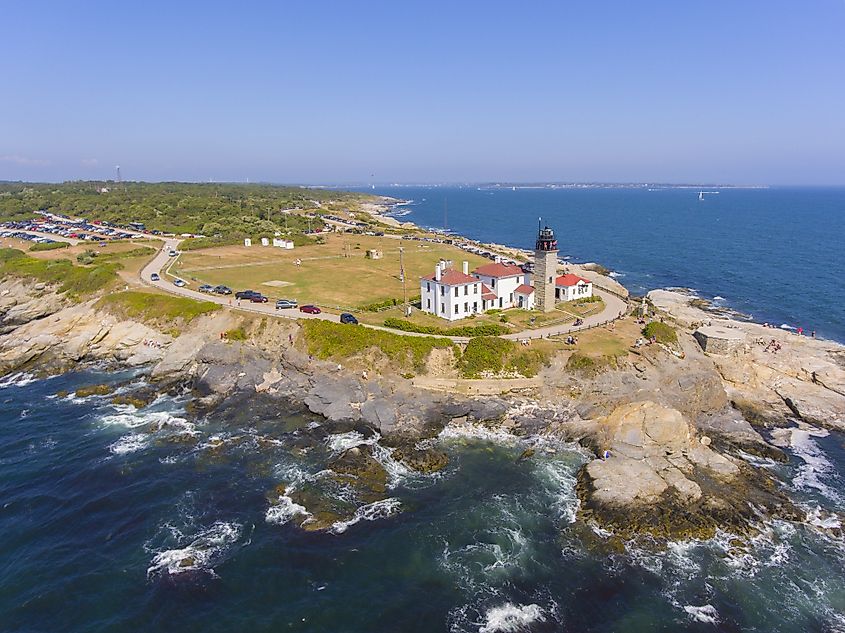
Little Compton
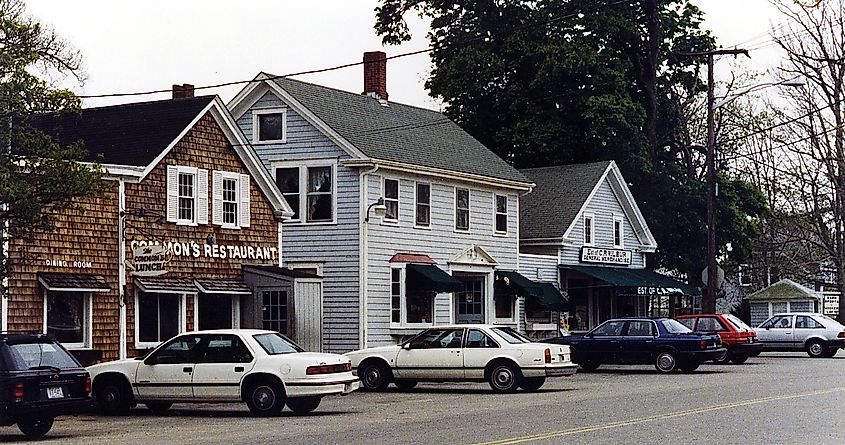
Another Rhode Island annexation, Little Compton and its environs have been inhabited since the end of the last ice age, first by the Sakonnet people and eventually by English settlers. Added to Rhode Island in 1747, Little Compton grew and expanded over the years, serving as a summer colony similar to Newport while also developing a diverse population buoyed by Portuguese immigrants and, during WWII, an army base. Little Compton was one of the first to work at preserving its land, making the Little Compton Common Historic District even more unique, as it is one of only two commons to be found in Rhode Island. This uncommon common contains both Victorian and Greek Revival buildings. A prime example of this is the United Congregational Church, which will likely be your landmark as you explore the quiet, serene commons. This Victorian-Gothic church dominates the landscape, making it the heart of the historic district. And if you need a place to rest your feet after wandering through the scenic streets, the Stone House Inn offers historic importance modified by modern comfort. This four-story darling was built in 1854 and offers beach access and a firepit.

Westerly
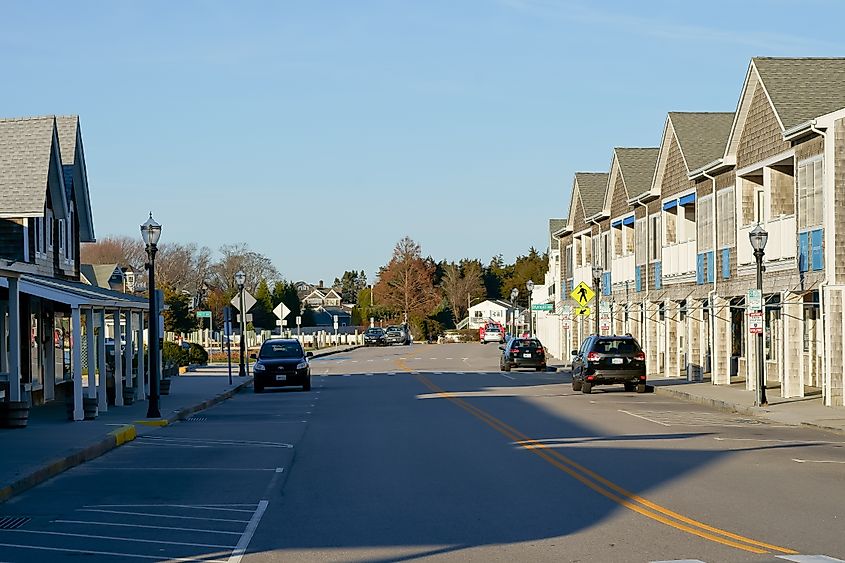
Popping up as far back as the late 1600s, Westerly offers visitors a delightful historic district, which is an entire coastal village on its own. Watch Hill, Westerly’s coastal gem, is an incredibly well-preserved seaside village where visitors can take a deep breath of bracing coastal air before diving right into the village’s treasure trove of historical locations. A great landmark to start is the Watch Hill Lighthouse. Since its establishment in 1807 by President Thomas Jefferson himself, the lighthouse has served as a beacon not only to ships, but to historians called by the lighthouse’s museum. Another high point of the historic district is the Watch Hill Carousel. Supposedly left in town by a traveling carnival in 1883, this carousel is believed to have been in operation for 135 years, making it the oldest operating carousel in America. Visitors can immerse themselves even more deeply in Watch Hill’s comfortable coastal coziness by staying at the Ocean House. This five-star hotel is nestled amidst the gorgeous bluffs and has been carefully reconstructed to match the original 1868 standards, including its warm yellow walls. In addition to modern comforts and stunning grounds, the hotel has salvaged all of the original structure’s nearly 250 windows and over five thousand artifacts, so you’ll be surrounded by history when you stay at the Ocean House.
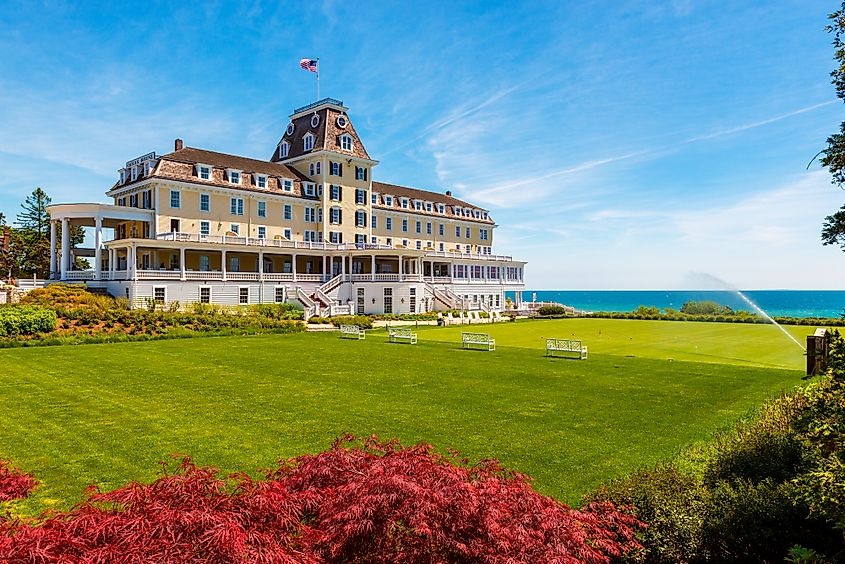
Lincoln
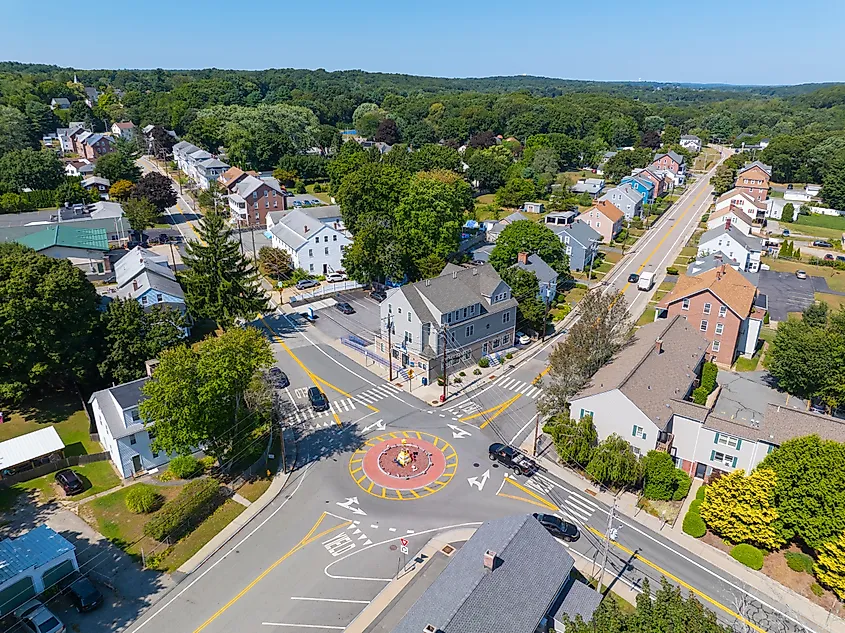
While Providence is literally the historic capital of Rhode Island, one of its suburbs deserves a special mention. Incorporated in 1871 but settled as far back as the 17th century, Lincoln, Rhode Island, is a part of the Black Stone River Valley National Heritage Corridor, which seeks to preserve the birthplace of the Industrial Revolution in the US. This small suburb contains multiple preserved villages and has several historic districts, but the gem of its collection is the Great Road Historic District. This district gets its name from its location on a corner of the old “Great Road” to Mendon, Massachusetts, and was even named as Rhode Island’s first Scenic Byway. Sitting at its heart, Hearthside House is a great addition to any exploration of the region. Originally built by a local businessman in a vain attempt to romance a Providence woman, this house has stood for over two hundred years and housed eleven different families until its purchase by the city in the 1990s. Since 2001, Hearthside House has been home to an award-winning museum. After wandering through the rooms of the house, you can pop down the road to another highlight of the Great Road, the Hannaway Blacksmith. Operated by William H. Hannaway from 1901 to the 1920s, this former carriage house was relocated to Chase Farm and restored. Today, the Hannaway Blacksmith gives visitors a way to travel back to the horse-drawn days of yore.
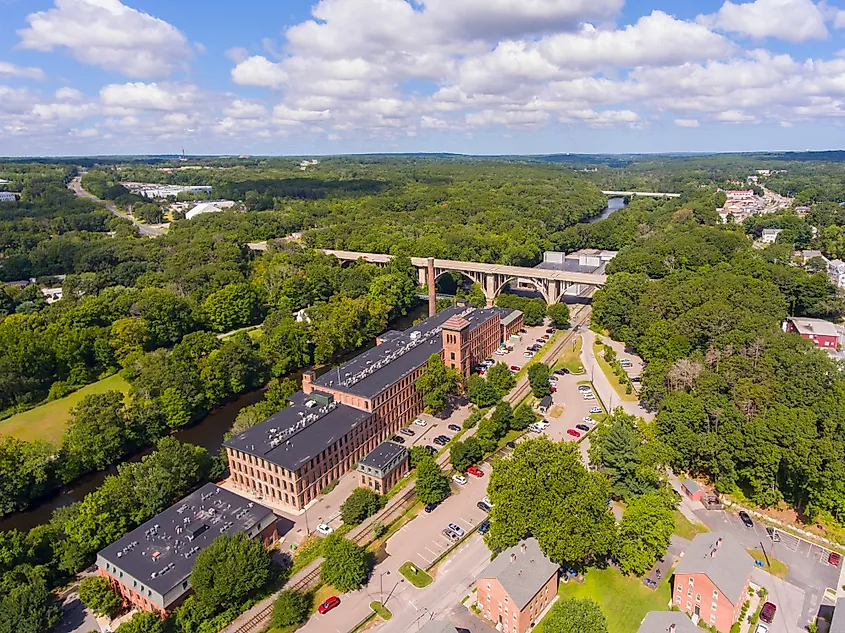
Charlestown
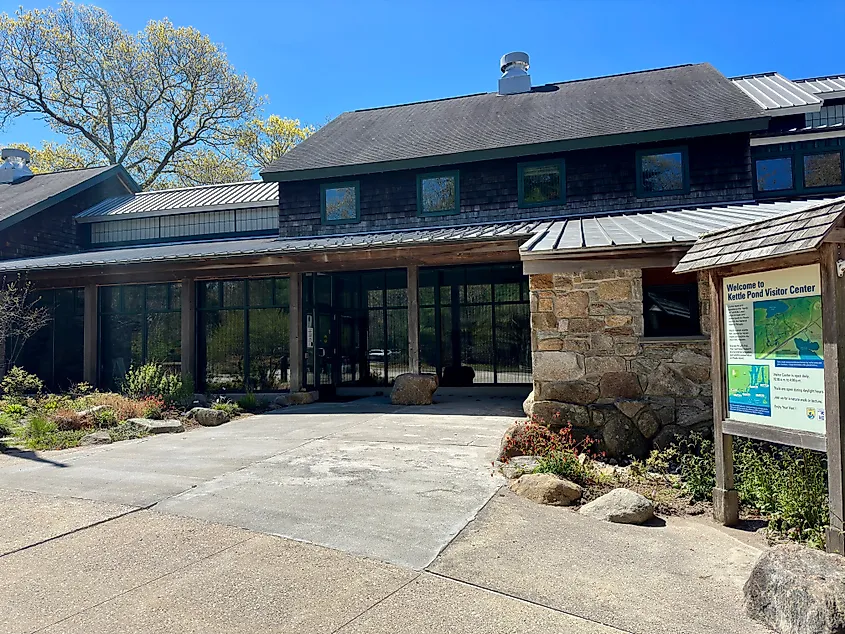
Separated from the town of Westerly in 1738, Charlestown today is a seaside haven for vacationers and a sleepy bedroom community, but it hasn’t forgotten its colonial roots. The small town maintains several historic areas, including the Charlestown Village Historic District. Also known as Cross Mills for the village which makes up a sizeable portion of the district, many of Charlestown’s most precious historic sites are preserved and opened to the public within the boundaries of this scenic area. A must-see for history buffs looking for authentic New England life is the 1838 District No. 2 Schoolhouse, which was relocated from its original location to Cross Mills in the 1970s. The only surviving schoolhouse of the eight built in Charlestown, careful attention has been paid to the restoration work, including the stonework, which was transported along with the structure. Another historical highwater mark for visitors to Charlestown is a uniquely utilitarian use of an old homestead. The Fantastic Umbrella Factory began in 1968 and has expanded over the years to include an eclectic mixture of trinkets, art, and oddities, and even country candy, making it a great diversion to take a break from your Rhode Island explorations without losing the historic atmosphere.
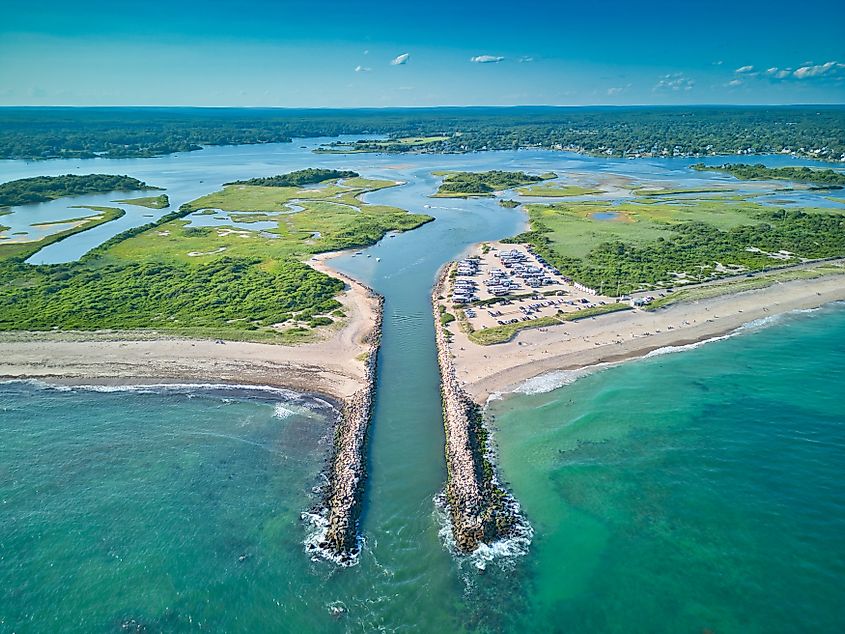
From the Colonial era to the Gilded age, Rhode Island’s history resonates and echoes from the bones of its buildings to the stones that line its paths, all preserved within its varied historic districts. Each and every one is unique and reflects its town’s past, demonstrating how every timber is a unique note in a common melody, influenced by its neighbors’ tone but remaining as independent as the Ocean State itself. These historic districts promise the past to new generations and allow us to both learn from the past and discover new perspectives, or simply to experience a wild ride through the fancies and fields of previous decades, letting you stay connected to your roots even as you wander far from home.
